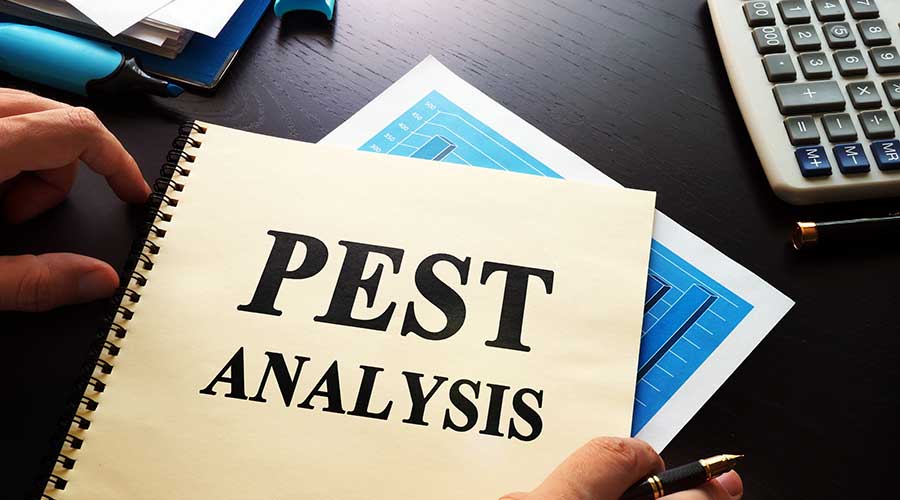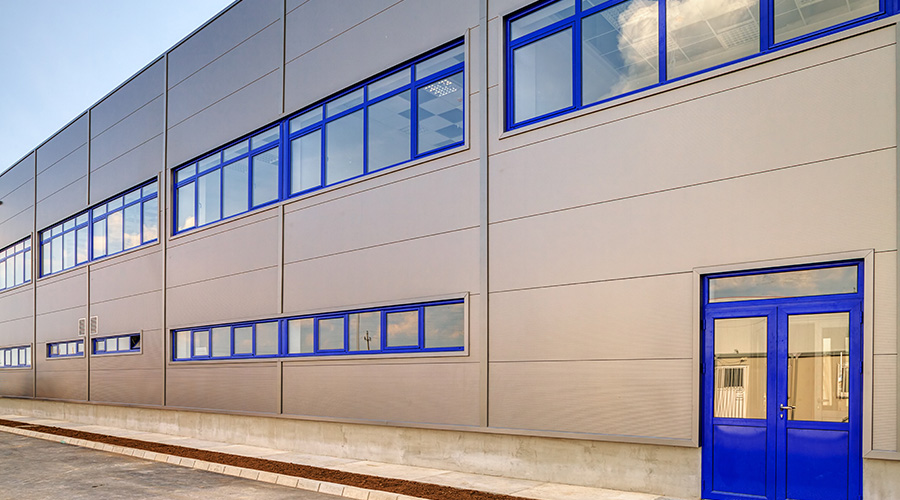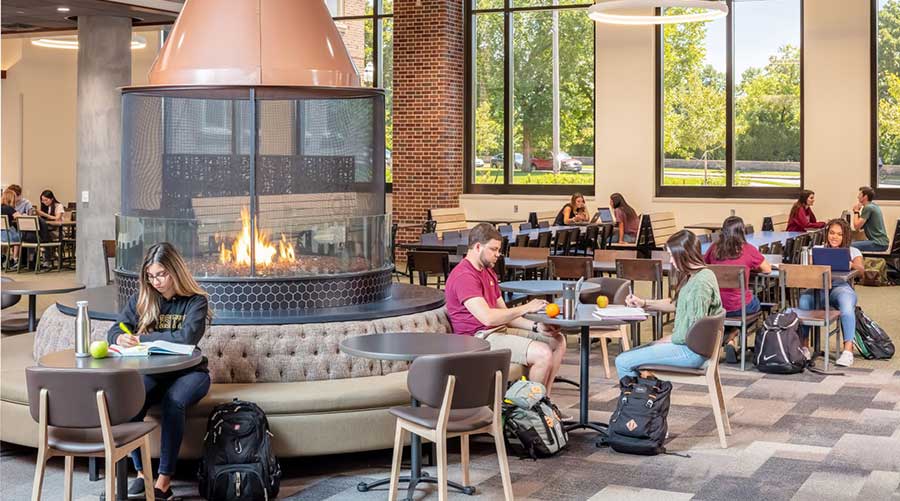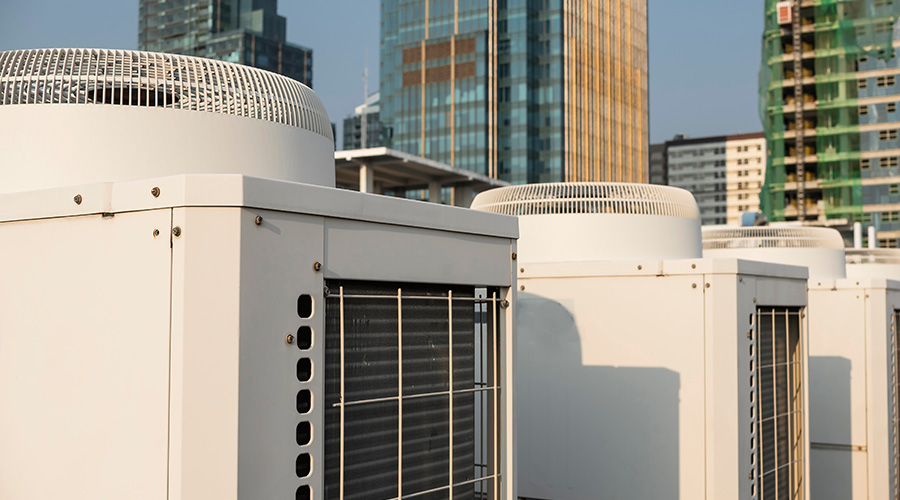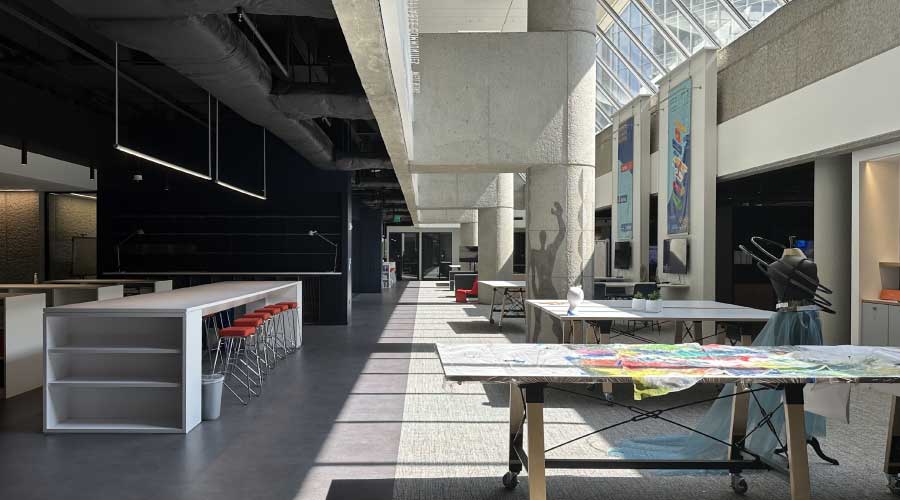The State of ESG in 2025
Energy management and AI are sustainability trends still relevant to facility executives.
By Jim Turner, Facility Influencer
Corporate environmental, sustainability and governance (ESG) practices are crucial for building sustainable and resilient business models that thrive long term. Although the presidential administration’s emphasis on sustainability may be reduced these days, for facility executives, the trend is still growing, fed by regulatory compliance requirements and the need to improve efficiency in the face of emerging economic headwinds — not to mention serving consumers who remain committed to the idea of green business.
Consumers respond favorably to news that the companies behind their favorite products are making good environmental choices. That’s one reason that sustainability investments are growing: over the last decade, there has been a focus on energy efficient facilities and equipment, moving away from costly carbon-intensive activities with poor long-term prospects in the emerging greener economy. Industry is already committed and at the point of no return on waste reduction, emission cutting, and renewable energy projects.
Despite the fragmented and uncertain policy environment regarding ESG, there are many ways to still create an impact through sustainability projects. I will explore three macro sustainability trends that are still relevant for facility leaders in 2025.
Trend 1: Energy management
For most facility executives, energy management is one of the first sustainability trends they think of when considering the topic. Energy management creates the potential for reducing operating costs through lower energy consumption. Project opportunities in this area range from installing energy reducing retrofits, integrating renewable energy sources, and implementing energy management systems that track and help to optimize energy use.
For building retrofits, the possibilities range from relatively simple and obvious efforts, such as converting to energy-efficient LED lighting systems, to complex projects like replacing older heating and cooling systems with modern high-efficiency models. These projects can be supplemented with smart controls that optimize energy usage through occupancy sensors or time- of- day scheduling. Taking things a step further, regular commissioning and optimizing HVAC systems is a best practice that will enhance the added value from system upgrades.
Replacing old faucets, showerheads, and toilets with low-flow models, and installing leak-detection systems can have significant water savings impacts. Collecting and storing rainwater for non-potable uses, such as irrigation and toilet flushing, is another water savings measure. Moving to the building exterior, older buildings may benefit from replacing windows with double-glazing and other energy-efficient systems.
Renewable energy solutions have been popular for decades and have benefited from Congressional legislation along the way. The technologies continue to improve in terms of output and are available across a range of sizes and scales that increase project design flexibility. Solar, wind, and geothermal projects may be a good choice.
The most popular solar solution is photovoltaic (PV) systems that convert sunlight directly into energy to power lighting, appliances, and HVAC systems. There are solar thermal systems designed to heat water or air that can be used for occupant comfort throughout the building. Passive solar projects are a design element that harvests solar light and heat to help minimize energy costs.
Wind turbines are available in a range of sizes, including single-building projects that are installed on rooftops or other suitable spaces for larger community or campus-scale efforts. Geothermal heat pumps are more complex than solar or wind projects, but they provide efficient heating and cooling by using the earth’s stable temperature.
Building energy management systems, including the lighting controls and HVAC optimization above, are designed to control and monitor building energy usage. On a more complex scale, industrial energy management systems focus on the needs of factories and manufacturing plants. The largest systems are scaled for utility networks, but they can have positive downstream effects for consumers and building owners.
Trend 2: AI and technology
Artificial intelligence (AI) will transform facilities management by enabling predictive maintenance, improving space utilization, and enhancing security through data analysis and automation. Some of the AI impacts facility executives can expect include:
- Predictive maintenance: By analyzing data from historical records and sensors, AI algorithms can predict the likelihood and timing of potential failures for critical systems like elevators, HVAC, and generators, fostering a proactive approach to maintenance while preventing downtime. AI can assess equipment performance patterns that allow more efficient maintenance schedules and prioritize critical systems. Bottom line impacts come from effective use of resources and optimal maintenance servicing schedules.
- Space utilization: Lessons learned from the post-COVID-19 return-to-work era show that new approaches to the occupant experience have positive effects on workforce retention and overall quality of life. AI facilitates analyzing occupancy patterns and employee preferences, leading to optimized space that eliminates overcrowding and fosters repurposing underutilized areas. At the next level are smart workspaces that use AI to adapt spaces to occupant needs and preferences by adjusting lighting, temperatures, and acoustics.
- Enhanced security and safety: AI offers the opportunity to improve facility and occupant security through access control and suspicious activity detection. With security as a primary goal, AI can help streamline access control so that authorized personnel can frictionlessly enter and exit the workplace, while visitors are efficiently processed and their access limited to authorized spaces. Also, AI can assist with safety compliance checks and audits to ensure that applicable standards are met.
Trend 3: The public sector isn’t exempt
The new presidential administration hasn’t yet settled on a new direction for sustainability in the public sector – that is, beyond rescinding previous executive orders, such as 2021’s Executive Order 14057 “Catalyzing Clean Energy Industries and Jobs Through Federal Sustainability,” which set ambitious timelines for achieving pollution-free electricity and reducing greenhouse gas emissions. In the meantime, Congressional legislation, such as the Energy Policy Act of 2005 remains in effect providing sustainability guidelines. The act’s goals were to reduce building life-cycle impacts on air and water pollution and waste generation.
Standards organizations such as ASHRAE also advocate for improving energy efficiency, reducing water use, and reducing waste streams. The U.S. Department of Defense has requirements for installation energy plans that draw from ASHRAE standards. These plans regularly assess energy use, set goals for improving energy efficiency, and outline small and large retrofit projects to enhance energy savings in the U.S. and around the globe.
Facility sustainability may be in a transition period at the moment, but the notion is not going away anytime soon. Investment commitments already in the pipeline make changing course on sustainability a challenging prospect. Many facility leaders are still planning sustainability projects that seek cost reductions, improve brand reputations with consumers, and create resilient business operations that optimize resource utilization, reduce waste streams, and improve energy use efficiency — all of which benefit the bottom line.
Jim Turner serves as a trusted advisor to real estate and facilities leaders with a current focus on critical infrastructure and buildings. His expertise covers the built environment life-cycle, including planning, design, construction, operations, and disposal. His work often features strategic planning; project development; construction and program management; cost analysis; operations and maintenance planning; organizational design; strategy and change management; and workflow design. He has tenure with several leading engineering-architecture-constructions firms, including Jacobs and AECOM.
Related Topics:






